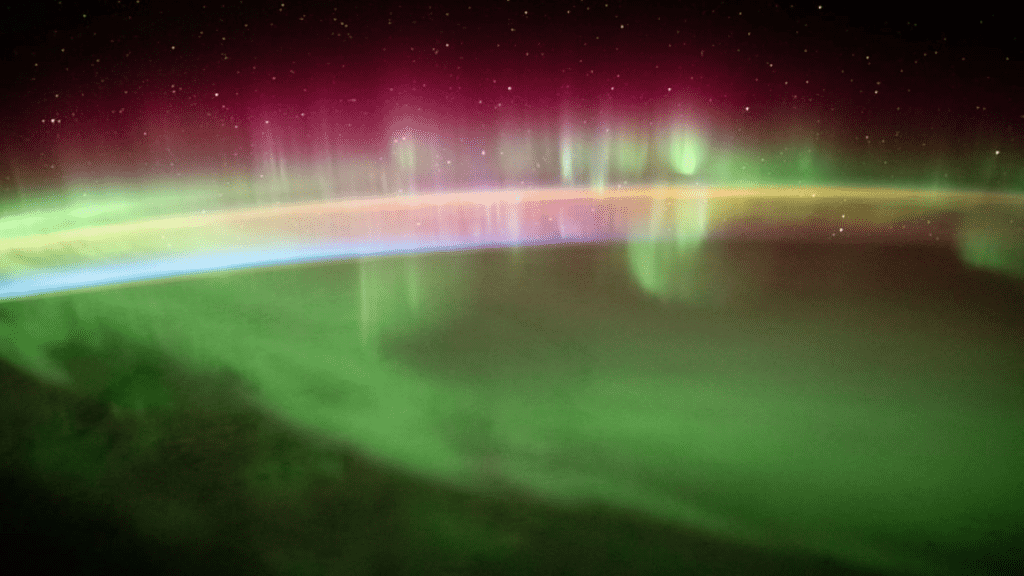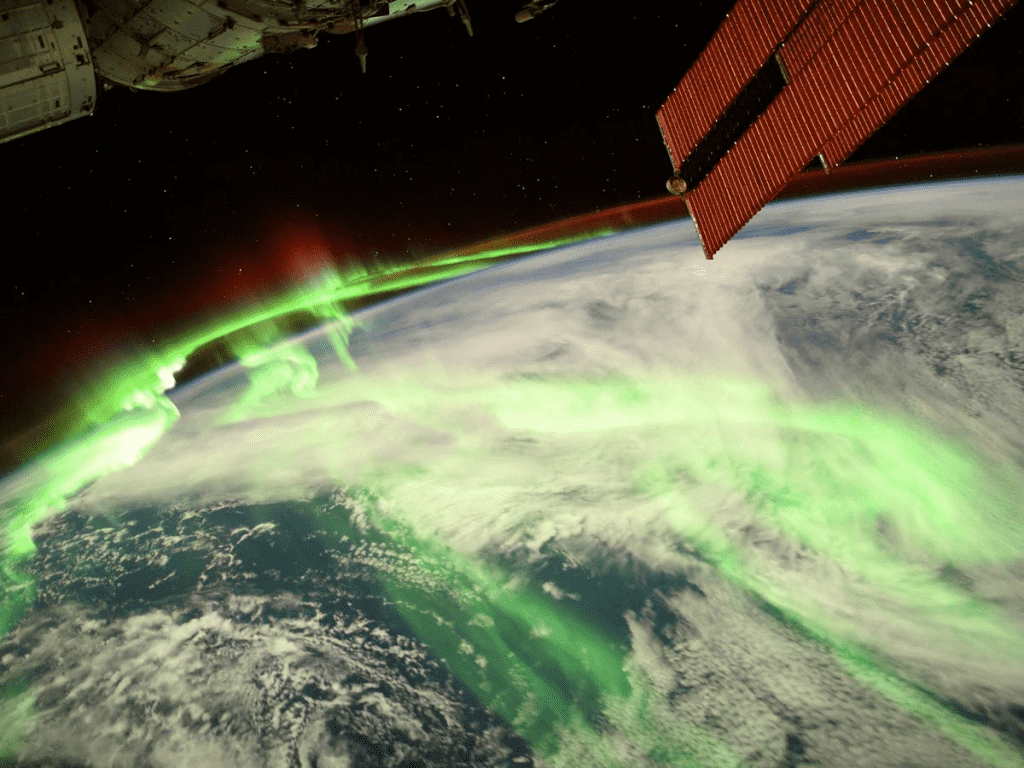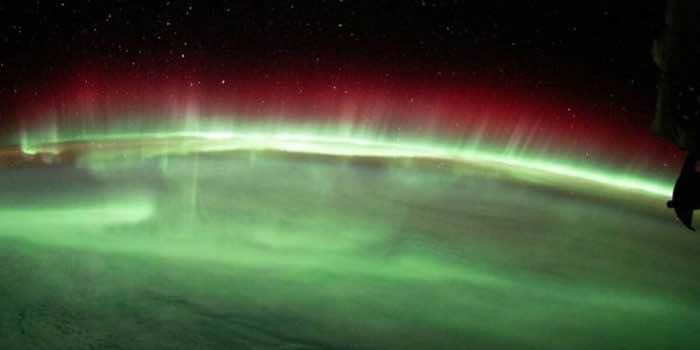Look at these mesmerizing pictures of auroras that have been captured by the International Space Station. You have to see it to believe it as this is definitely a sight to behold. After a massive solar storm hit the Earth’s atmosphere, NASA released these breathtaking images in the form of a time-lapse video that has been surfacing the internet due to its exceptional nature. What’s more, the ISS, as always creative with its techniques captured these images when it passed over from the Indian Ocean and it can be seen in the video embedded below that how beautifully the moon is appearing from the background, making the sight more beautiful.
It should be noted that the International Space Station usually encounters such incredible sights because it is almost positioned at the same altitude at which these auroras occur. Hence, the crew inside the ISS is lucky enough to witness these heart-throbbing sights live but thanks to NASA for embracing us with this scenic beauty as well. One of the astronauts of NASA tweeted from ISS last month and said, “Thankful for the recent solar activity resulting in these wonderful sights!”

In a concerning new detail, it turned out that Sun has finally encountered the most turbulent time of its 11-year cycle and the effects of this can be seen in terms of these changes. This is because our atmosphere has also been influenced by such change and highly charged particles have also struck the Earth. These highly charged particles when collided with the magnetosphere on our planet Earth, it becomes a source of emancipating light energy which has recently been seen in the form of auroras.

But have you ever thought of the reason behind this green color? Why are these auroras always released in green color instead of any possible color? Let’s get into the exciting detail of this phenomenon which is explained recently by NASA in an Instagram post. NASA stated, “When solar particles collide with atmospheric oxygen, they give off rich red and green hues as seen in this image. Conversely, if these same particles collide with nitrogen in our atmosphere, they illuminate the sky in glows of blue and purple.”


